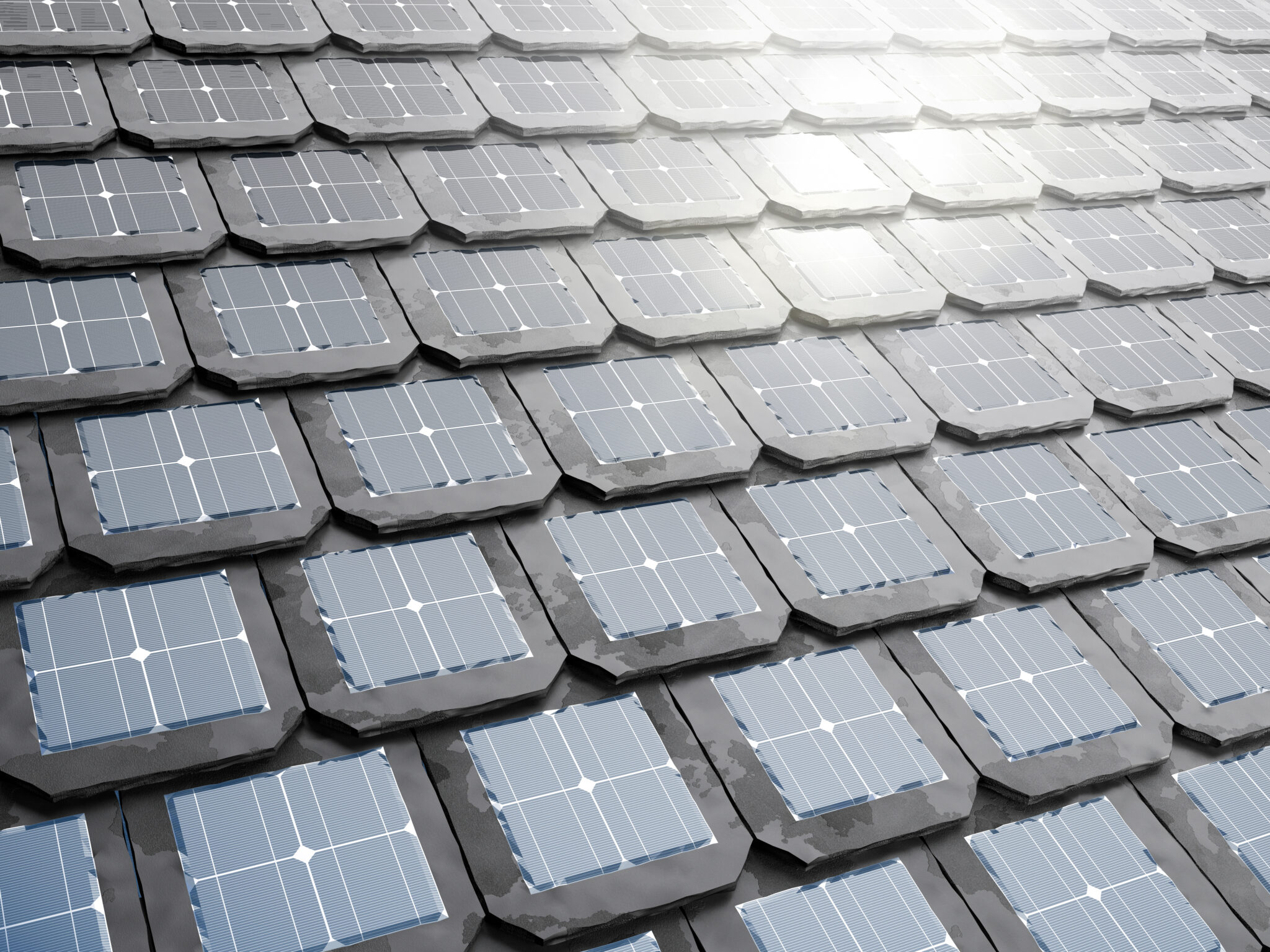Solar panels and solar panels share the same principles. It absorbs sunlight and converts that energy into electricity for your home or office. However, the noticeable differences are less about technology and more about practicality:
1. Cost
Solar panels are cheaper than solar panels. Therefore. Firstly, shingles are a new technology, secondly, the flooring process is more complicated. So conventional solar panels have a cost advantage for people who already have a roof that works well. There are many solar suppliers and installation companies, which increases competition and lowers costs. However, for those already considering replacing their roof, solar panels may make more sense in the long run. Instead of having a new roof and solar panels, the total cost of solar panels can be more affordable and faster.
2. Skills
Although solar panels and solar panels work on the same principle of the photovoltaic effect, solar pellets are less efficient. This is due to the fact that the solar panels are attached directly to the roof and there is no airflow under them. This leads to more heat dissipation and reduced efficiency.
In addition, solar panels are installed facing the sun and can be removed and moved to another location later. However, the solar panels are mounted inside the roof, so their position is fixed. Depending on the climate or home design, shingles may not always be positioned to capture the most sunlight. It also reduces performance.
3. Flexibility
Instead of asphalt tiles, solar panels are designed to be installed on pitched or sloping roofs. However, solar panels can be mounted on any surface, including flat roofs. Also, once installed, the solar panels cannot be removed or detached from the roof while the asphalt tiles are glued in place. On the other hand, if you are moving to a new location, solar panels can be easily moved and added to the new location. Thus, solar panels provide more flexibility in installation and relocation.
4. Dimensions
Solar panels are similar in shape and size to traditional roof tiles. The average size of a standard solar panel is about 86 inches, 12 inches wide, and less than an inch thick. A typical solar panel weighs 15 to 20 pounds per square foot on your roof, including all mounting hardware. Instead, the average size of a typical home solar panel is about 65 inches, 39 inches wide, and less than two inches thick. A typical solar panel weighs about 40 pounds and is between 3 and 4 pounds per square foot on a roof. While you may think solar panels are heavy, remember that shingles are basically roof tiles. This means that solar panels are a heavy burden on the roof. This is the additional weight of the roof over its own weight.
5. Aesthetics
Solar panels are primarily designed for functionality, not aesthetics. They look heavy and can sometimes occupy the entire roof surface of the building. The overall appearance of your home or office building insulation can look awkward after adding solar panels. Sun pebbles are specially designed for a flawless look. Its subtle design gives your surface a beautiful and attractive look, just like a traditional tile on a new surface. One of the main reasons many people are interested in purchasing solar panels is aesthetics.
6. Continuity
In general, the design of solar cells is designed to ensure the stability of solar panels and solar cells. Both are designed for an average lifespan of 25-30 years. Although the technology is new compared to traditional bituminous panels, solar panels are the best option for the longevity of the roof.



